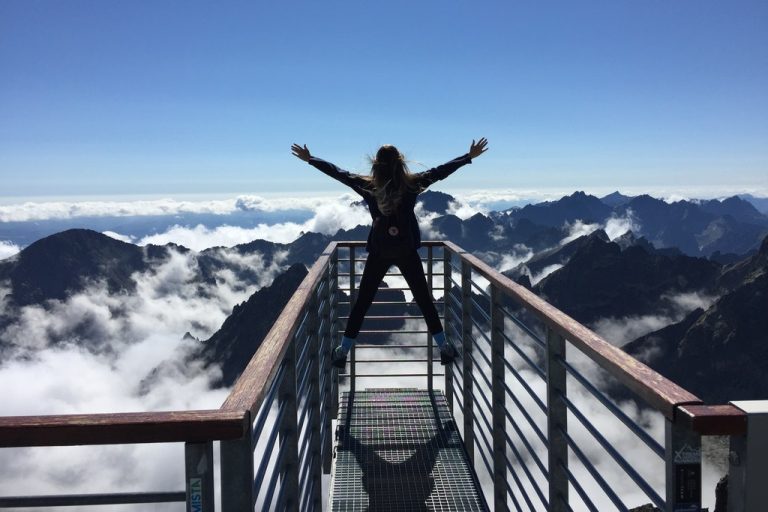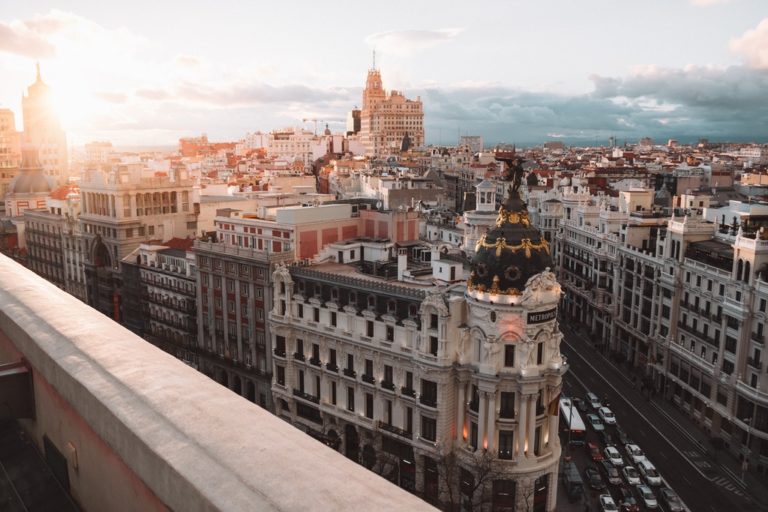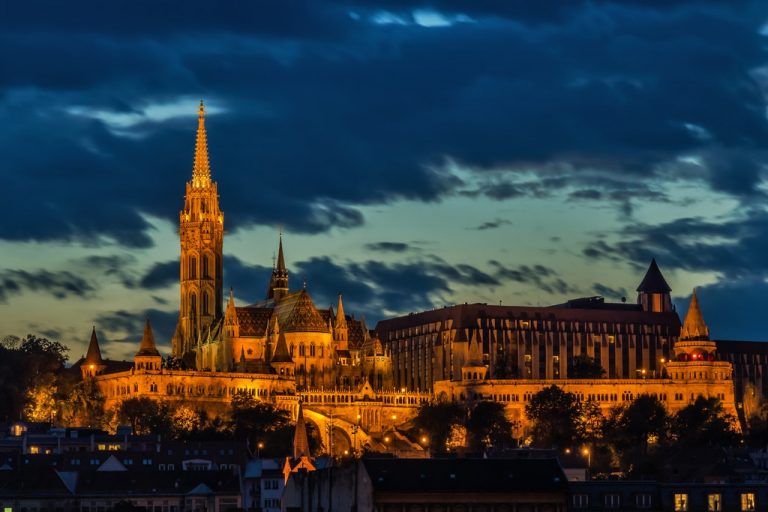Serbia is a country in central and southeastern Europe that you must visit. Its unspoiled landscape features magnificent mountains and forests, vast plains, rivers, fantastic wildlife, and many historical locations.
With less than 7 million people and a land area of just over 20,000 square kilometers, Serbia is a small country—but that doesn’t mean that everything is small here! The nation is rich in culture and history and is a favorite destination for those wanting to explore the Balkans and travel to Europe.
The capital, Belgrade, and the principal city, Novi Sad, are well-known tourist destinations in this country.
Serbia is magnificent, and the people have a very friendly and welcoming personality, and the people, in general, are very humble.
Located in the west-central Balkans, Serbia is a beautiful country that was a part of Yogoslavia until the 20th century.
Its capital city, Belgrade, is a cosmopolitan town situated at the convergence of the Danube and Sava rivers.
You need to check out Belgrade’s old town, Stari Grad boasts the ancient fortress, Kalmegdan. It houses well-preserved medieval architecture and also some of the finest restaurants.
Novi Sad is another city that is worth visiting. It is a center of culture and education.
Geography
The Republic of Bosnia and Herzegovina and the Republic of Croatia borders Serbia to the west. In contrast, Serbia joins Hungary to the north, North Macedonia to the south, Romania and Bulgaria to the east, and Montenegro to the southwest.
Kosovo lies to the south.
The country’s landforms are divided into regional groupings that parallel Serbia’s major political divisions.
The plain areas in the northern Vojvodina region are situated between 200-300 feet above sea level.
The highest point of the country is at 1,765 feet.
The central body of Serbia features hills and high mountains. The western borders have sections of the Dinaric Alps whereas, the eastern borders are a part of the Carpathian and Rhodope mountain systems.
The northern border of the country follows the Danube River’s Iron Gate gorge.
Serbia has three principal soil types: rich black earth soils (chernozems), podzolic, and infertile podzol soils.
Climate
The climate of Serbia is generally continental type and has dry winters and warm and humid summers.
The temperature is about 2 degrees Celsius in July, whereas it is as low as -1 degrees Celsius in January.
The mountainous areas are even cooler. It has temperatures of about 18 degrees Celsius in the summer season.
The rainfall levels range from 560mm – 1,900mm per year. The precipitation levels are highest during the late spring and late autumn seasons.
Nature and Wildlife
Serbia’s vegetation is a combination of central European and Mediterranean types.
The dry Vojvodina plains used to be a grassland steppe before the Austrian agricultural colonization was introduced in the 18th century.
Today, only 5% of the vicinity is covered by trees, especially in the Fruska Gora.
The broad-leaved forests constitute oak and beech trees.
The country also has rich wild animals. You can find large mammals like deer and bear in the forests. Wild pigs are also found in the beech forests.
You can also find beautiful animals such as brown bears, gray wolves, catfish, Eurasian lynx, and red foxes.






